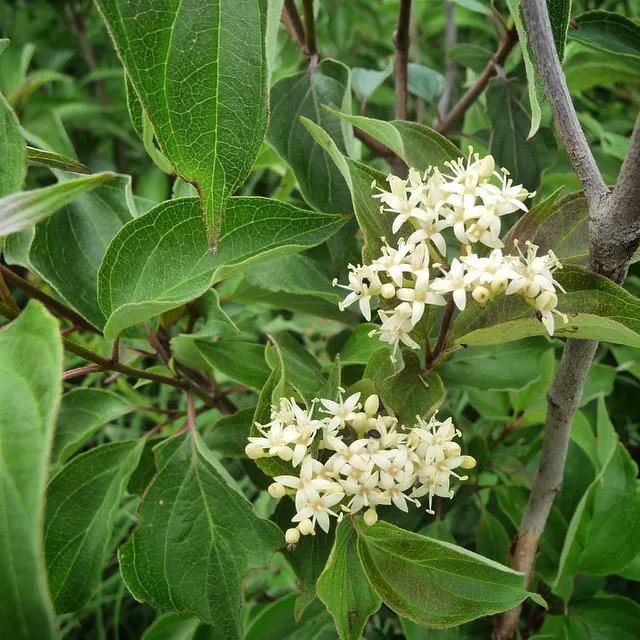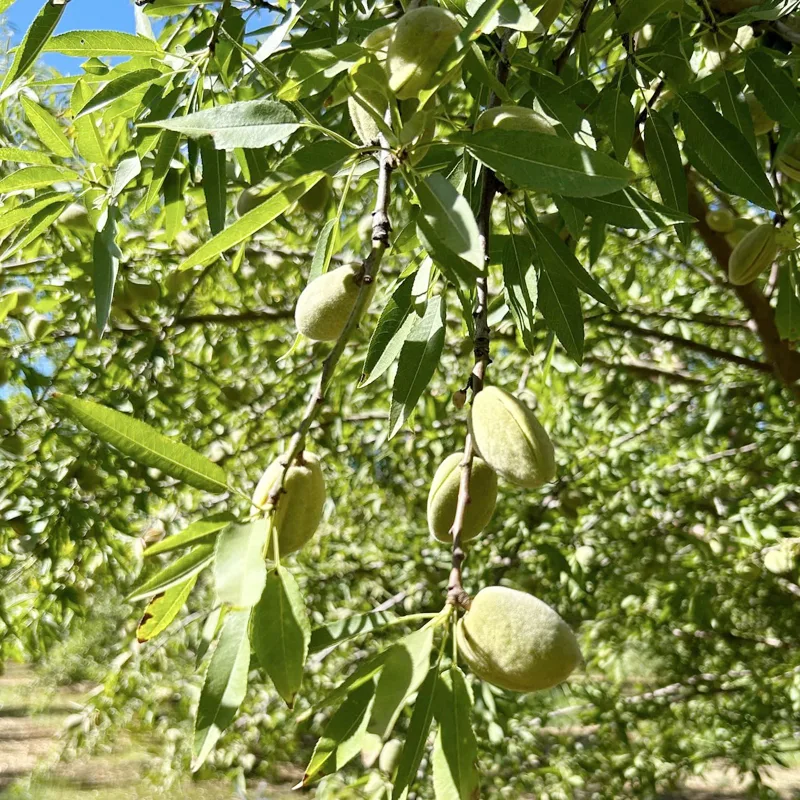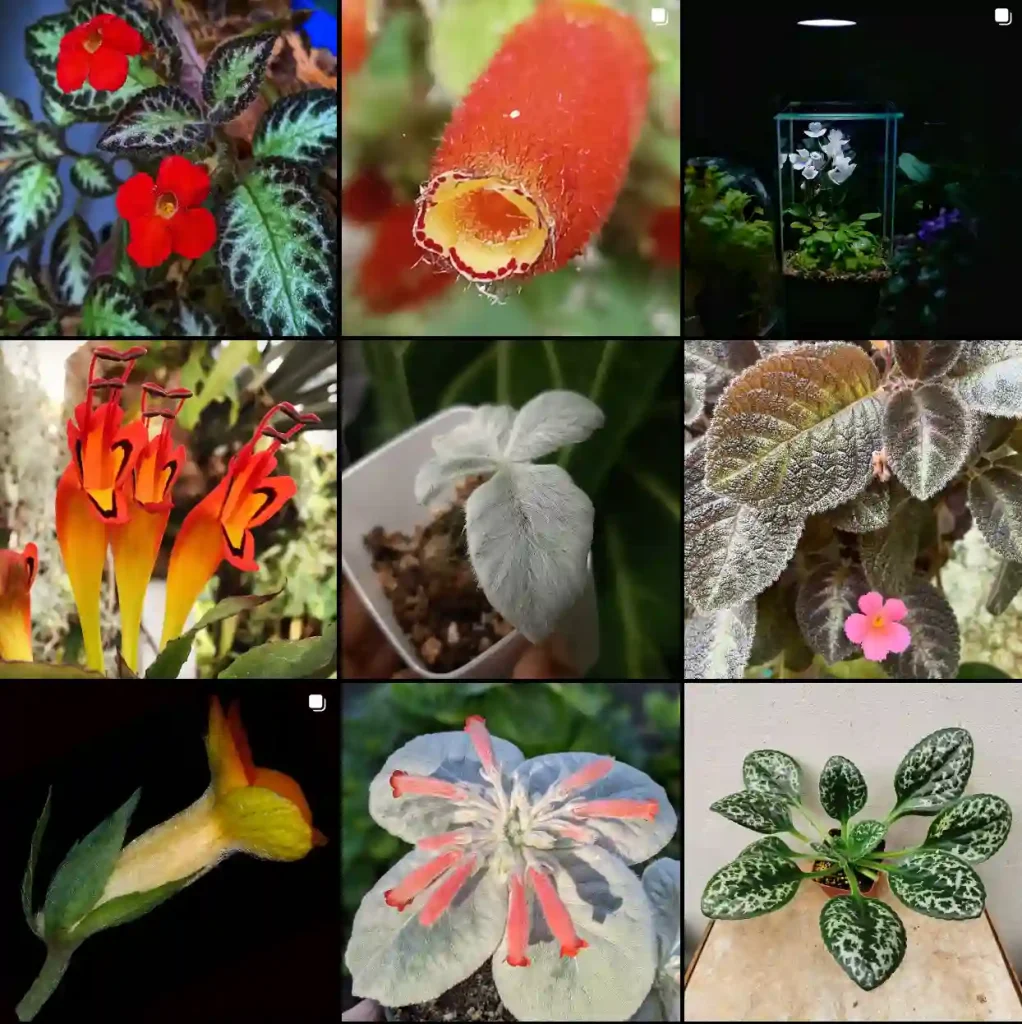Unveiling the Trigoniaceae: A Personal Botanical Journey
As a plant enthusiast, I’ve always been drawn to the unique and lesser-known corners of the botanical world. Recently, my curiosity led me to delve into the fascinating world of the Trigoniaceae family. This small but captivating group of plants has captured my imagination with its distinctive characteristics and intriguing evolutionary history.
Trigoniaceae: An Overview
The Trigoniaceae family is a group of flowering plants comprising five genera: Trigonia, Humbertiodendron, Isidodendron, Trigoniastrum, and Trigoniodendron. These plants are primarily found in tropical regions of Central and South America, Southeast Asia, and Madagascar. The family is known for its distinctive leaves, which often have three prominent lobes, giving them a somewhat triangular appearance.
Distinguishing Features of the Trigoniaceae
One of the most striking features of the Trigoniaceae family is the unique morphology of their leaves. These leaves typically have three prominent lobes, though some species may have entire or five-lobed leaves. The leaves are often arranged alternately on the stem and have a distinct venation pattern.
Another interesting characteristic of the Trigoniaceae is their flowers. These flowers are often showy and fragrant, attracting pollinators such as bees and butterflies. The flowers typically have five petals, though some species may have four or six petals. The flowers are arranged in clusters, known as inflorescences, which can be terminal or axillary.
The Five Genera of the Trigoniaceae
The Trigoniaceae family comprises five genera, each with its unique characteristics and distribution. Let’s take a closer look at each of these genera:
- Trigonia: This genus is the largest in the family and is found in tropical regions of Central and South America. Trigonia species are known for their beautiful flowers and distinctive three-lobed leaves. Some species are also used in traditional medicine.
- Humbertiodendron: This genus is endemic to Madagascar and comprises only two species. Humbertiodendron plants are characterized by their large, five-lobed leaves and their unique fruit capsules.
- Isidodendron: This genus is also endemic to Madagascar and comprises a single species. Isidodendron plants are known for their small, entire leaves and their unique inflorescences.
- Trigoniastrum: This genus is found in Southeast Asia and comprises several species. Trigoniastrum plants are characterized by their three-lobed leaves and their small, inconspicuous flowers.
- Trigoniodendron: This genus is found in tropical regions of Central and South America and comprises a few species. Trigoniodendron plants are known for their large, five-lobed leaves and their unique fruit capsules.
Ecological Importance and Conservation Status
The Trigoniaceae family plays an important role in the ecosystems where they are found. Their flowers provide nectar and pollen for pollinators, while their leaves and fruits serve as food for various animals. Some species are also used in traditional medicine and for timber.
Unfortunately, several species within the Trigoniaceae family are threatened or endangered due to habitat loss, deforestation, and overexploitation. Conservation efforts are underway to protect these valuable plants and their habitats.
My Personal Fascination with the Trigoniaceae
As a plant enthusiast, I find the Trigoniaceae family to be truly captivating. Their unique morphology, intriguing evolutionary history, and ecological importance make them a fascinating subject of study. I am particularly drawn to the diversity of leaf shapes and flower structures within the family, as well as their role in supporting pollinators and other wildlife.
I am committed to continuing my exploration of the Trigoniaceae family and sharing my knowledge with others. I believe that by raising awareness of these remarkable plants, we can contribute to their conservation and ensure their continued presence in the world’s ecosystems.
Conclusion
The Trigoniaceae family is a small but fascinating group of plants with unique characteristics and an intriguing evolutionary history. From their distinctive three-lobed leaves to their showy flowers, these plants have captured the imagination of botanists and plant enthusiasts alike. As we continue to explore the world of plants, the Trigoniaceae family serves as a reminder of the beauty and diversity of the natural world.
If i die, water my plants!



